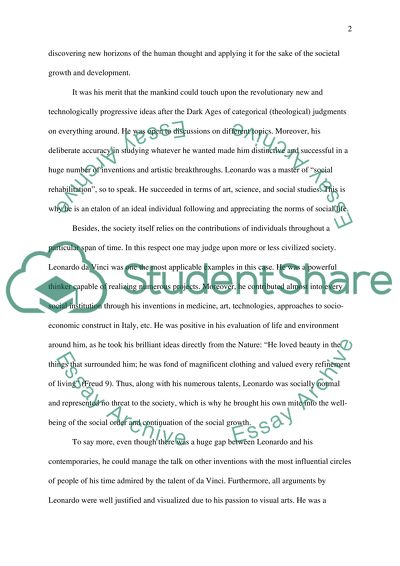Cite this document
(“Prove through the tools of argumentation that Leonardo Di Vinci has Essay”, n.d.)
Retrieved from https://studentshare.org/literature/1425635-prove-through-the-tools-of-argumentation-that
Retrieved from https://studentshare.org/literature/1425635-prove-through-the-tools-of-argumentation-that
(Prove through the Tools of Argumentation That Leonardo Di Vinci Has Essay)
https://studentshare.org/literature/1425635-prove-through-the-tools-of-argumentation-that.
https://studentshare.org/literature/1425635-prove-through-the-tools-of-argumentation-that.
“Prove through the Tools of Argumentation That Leonardo Di Vinci Has Essay”, n.d. https://studentshare.org/literature/1425635-prove-through-the-tools-of-argumentation-that.


